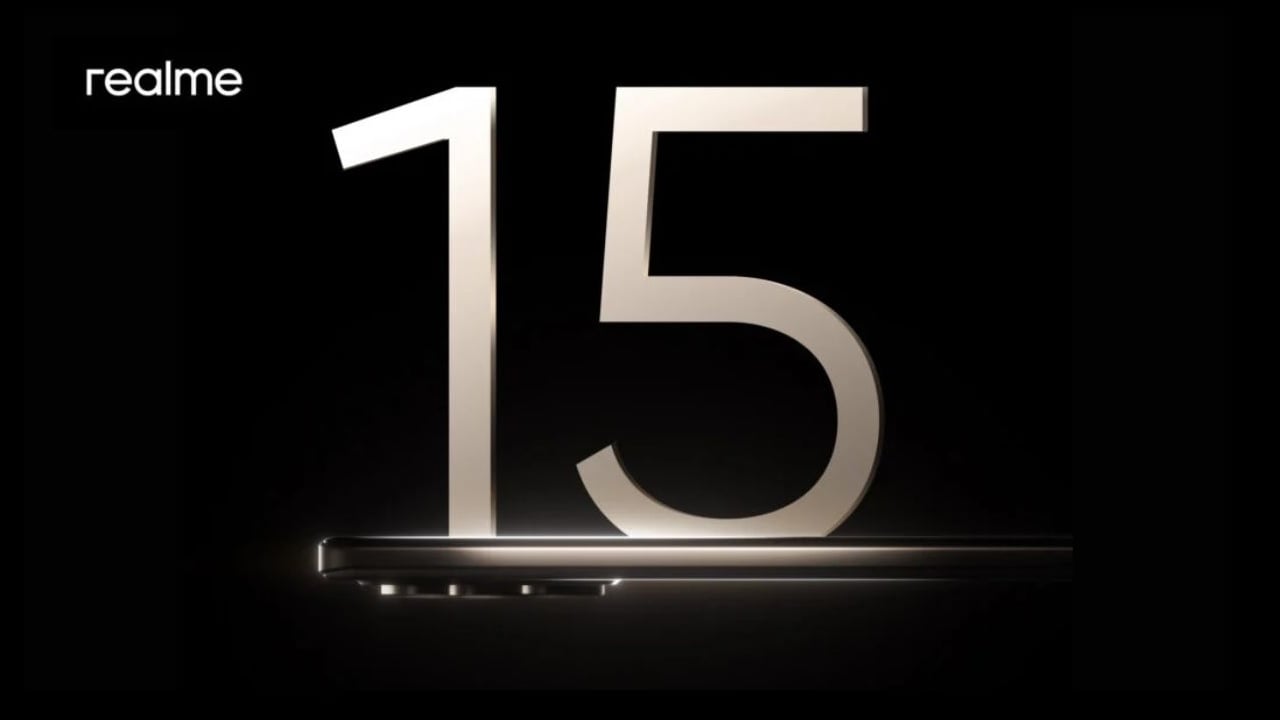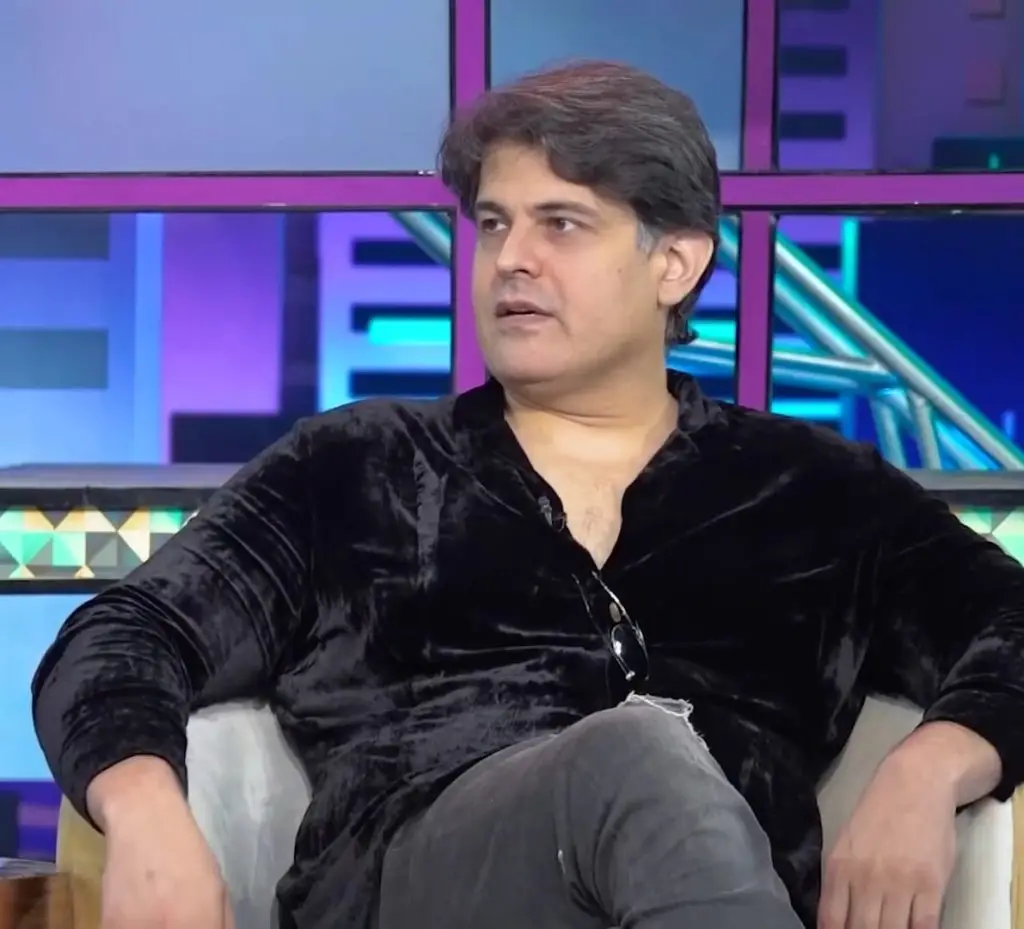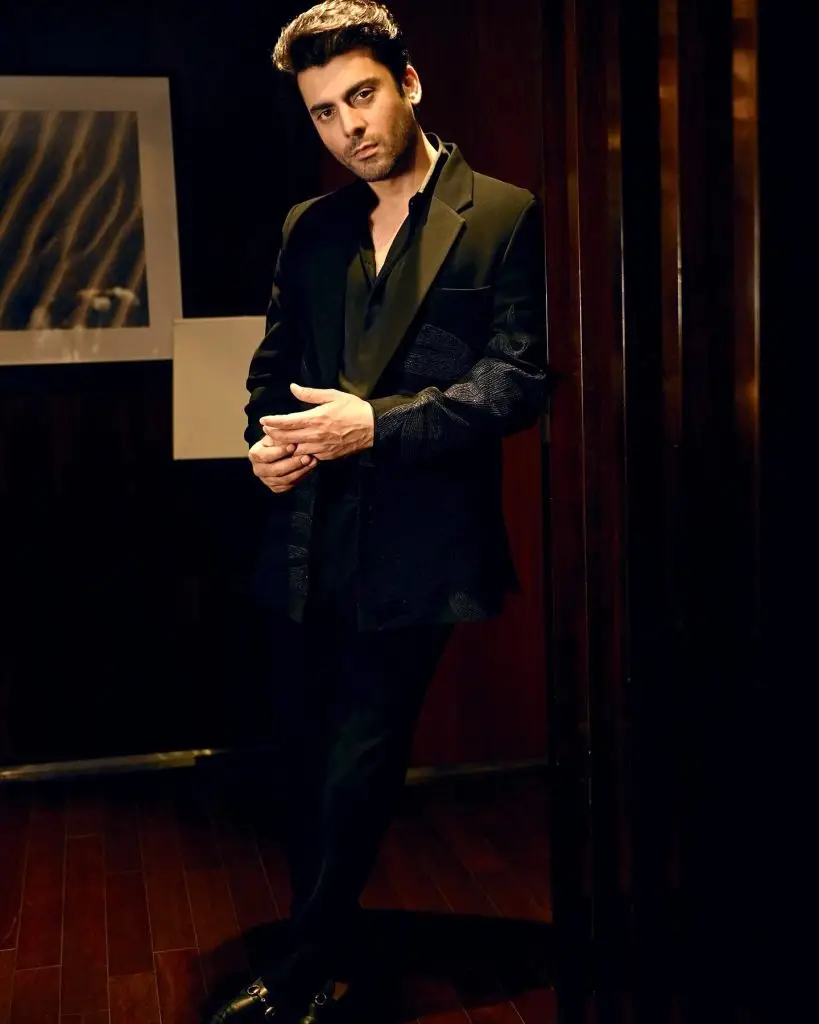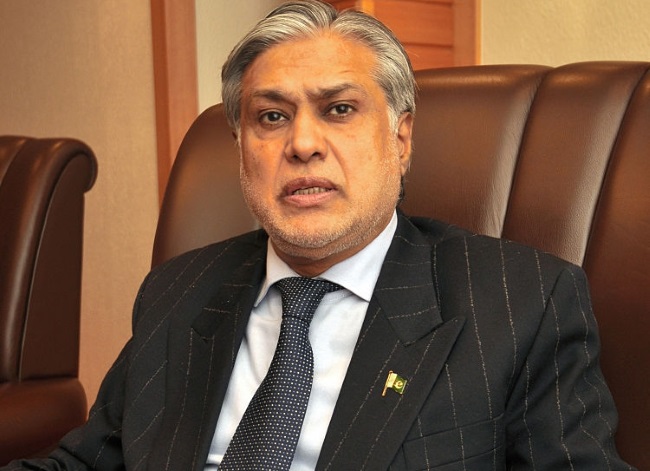Built for Galaxy fans, Galaxy Buds3 FE offer essential features – now with a smarter, more stylish twist.
Samsung Electronics Co., Ltd. today announced the launch of Galaxy Buds3 FE, the newest addition to the Galaxy Buds lineup. As part of Samsung’s mission to expand its audio innovation to more people, Galaxy Buds3 FE are designed to deliver premium features, with an iconic Blade design, upgraded audio performance, and Galaxy AI[1] capabilities.
Galaxy Buds3 FE are designed to offer an enhanced audio experience. Impactful enhancements in the Galaxy Buds lineup build off innovations in core features including Active Noise Cancelling (ANC), call quality, battery life, comfort and more to allow users the freedom to listen where they want, when they want and how they want.
Building on Samsung’s understanding of sound as the most essential part of the user experience is high-quality sound, Galaxy Buds3 FE were made for the quiet moments on a crowded train, a call on a windy street and the playlist that powers the walk home.
With a larger speaker[2], Galaxy Buds3 FE deliver rich, powerful sound with deep bass and clear treble.[3] Enhanced ANC[4] reduces ambient noise, creating a more immersive listening experience.
Crystal Clear Call technology uses an advanced pre-trained machine learning model to isolate your voice, ensuring conversations remain clear even in noisy environments. The call experience is also improved by the adjusted microphone position, which is optimised for voice pickup with microphones facing towards the user’s mouth.
Ease of use is central to the Galaxy Buds3 FE design with intuitive controls that facilitate effortless interactions. Users can simply pinch the Blade to make selections or swipe, for volume control. It’s also easier to connect via the pairing button on the cradle for transitions between Galaxy devices.[5] With Auto Switch, Galaxy Buds3 FE actively detect audio activity and transfers the connection seamlessly for continuous listening across all of your Galaxy devices.[6]
Additionally, AI features and the Galaxy Buds3 FE design ensure that queuing up the next playlist or translating a conversation from one language to another is always just a word or long press away. When phrases like “Hey Google” are used, Galaxy Buds3 FE can listen, understand, and respond without a screen or hands – just the user’s voice[7]. The experience is fast, natural, and conversational, designed to feel more like talking to a friend than using a device. Users can also check their daily agenda or email without removing their phone from their pocket or bag. For translation[8], they can use Galaxy Buds3 FE with the Galaxy AI Interpreter[9] app on their smartphone to listen to a lecture in a foreign language or have a conversation with someone in another language.
The Galaxy Buds3 FE Blade Design represents the Galaxy lineup’s distinct visual identity. With a matte dual-tone finish and semi-transparent accents, it reflects a balance of simplicity and expressive detail for a modern but playful aesthetic.
Galaxy Buds3 FE mark a new chapter in expanding the Galaxy Experience. Designed for users who want reliable performance, smart features, and a stylish design at a great value, Galaxy Buds3 FE make it easier than ever to join the Galaxy ecosystem. The earbuds also offer seamless integration with Galaxy devices, including quick access from system settings and app-free control from any screen.[10]
Galaxy Buds3 FE will be widely available from 4th September. RRP £129.00.
For more details about Galaxy Buds3 FE, visit https://www.samsung.com/uk/audio-sound/galaxy-buds/galaxy-buds3-fe-black-sm-r420nzkaeua/.

Specifications
Galaxy Buds3 FE
|
| Color |
Black, Grey |
| *Available Colours may vary by market, carrier or retailer. |
| Dimensions |
Earbud: 18.0(W) x 21.1(H) x 33.8(D) mm (Exclude eartips)
Charging Case: 58.9(W) x 48.7(H) x 24.4(D) mm
|
| Weight |
Earbud: 5g
Charging Case: 41.8g
|
| *With M size eartip |
| Speaker |
1-Way Dynamic Driver |
| Microphone |
3 Mics |
| ANC & Ambient Sound |
ANC
Ambient Sound
|
| Battery Capacity |
Earbuds: 53mAh (typical)
Charging Case: 515mAh (typical)
|
| *The typical capacity has been tested under third party laboratory conditions. The typical capacity is the estimated average capacity considering the deviation in battery capacity among the battery samples tested under the IEC 61960-3 standard. The rated capacity is 50mAh (earbuds), 500mAh (charging case). Actual battery life may vary depending on the network environment, usage patterns, and other factors. |
| Music Time |
Up to 6 hours / Total up to 24 hours (ANC on)
Up to 8.5 hours / Total up to 30 hours (ANC off)*
|
| *Earbuds provide up to 6hrs play time with ANC on (up to 8.5 hours with ANC off), while the case provides up to 24 hours of battery life (up to 30 hours with ANC off) when the case and earbuds are charged to 100%. Based on internal testing. Audio playback time tested by pairing a pre-production Galaxy Buds3 FE to a recently released Galaxy smartphone with default settings including ANC on. Actual battery life may vary and depend on usage conditions, settings, number of times charged, Bluetooth signal strength, and other factors. Default setting refers to the original setting for the Galaxy Buds3 FE, simply with the power turned on. |
| Talk Time |
Up to 4 hours / Total up to 18 hours (ANC on)
Up to 4 hours / Total up to 18 hours (ANC off)*
|
| *Earbuds provide up to 4hrs voice call time with ANC on (up to 4 hours with ANC off), while the case provides up to 18 hours of battery life (up to 18 hours with ANC off) when the case and earbuds are charged to 100%. Based on internal testing. Voice call time tested by pairing pre-production Galaxy Buds3 FE to a recently released Galaxy smartphone with default settings including ANC on. Actual battery life may vary and depend on usage conditions, settings, number of times charged, Bluetooth signal strength, and other factors. |
| Connectivity |
Bluetooth® 5.4, Auto Switch
Codec: SSC (Samsung Seamless Codec), AAC, SBC |
| Sensors |
Proximity, Hall, Touch, Pressure Sensor |
| Compatibility |
Android 11.0 or higher with more than 1.5GB of Memory |
| *Some features may not be available on non-Samsung devices. Availability may vary by market, operator or connected device. |
| Water Resistance |
IP54* |
| *Based on lab test conditions for submersion in up to 1.5 meters of freshwater for up to 30 minutes. Not advised for beach or pool use. |
*All functionality, features, specifications and other product information provided in this document including, but not limited to, the benefits, design, pricing, components, performance, availability, and capabilities of the product are subject to change without notice.
[1]Compatible Galaxy smartphone with Galaxy AI required. Samsung account login and network may be required for certain AI features..
[2]Compared to the previous Galaxy Buds FE.
[3]Requires a compatible smartphone.
[4]Active Noise Cancelling (ANC) is on by default, and the Pinch and Hold gesture for ANC can be configured directly in the phone settings for devices running One UI 8.0 and later. For devices running on earlier versions of One UI, configurations can be found in the Galaxy Wearable app.
[5]Active Noise Cancelling (ANC) is on by default, and the Pinch and Hold gesture for ANC can be configured directly in the phone settings for devices running One UI 8.0 and later. For devices running on earlier versions of One UI, configurations can be found in the Galaxy Wearable app.
*Samsung Account login is required to activate and change the Galaxy Buds3 FE settings on the Galaxy Wearable app..
[6]Auto Switch feature is only available on Samsung Galaxy smartphones and Galaxy Tab devices with One UI 3.1 or later, and on Galaxy Watch4 or later. The devices must be logged in to Samsung Account to enable Auto Switch. Availability of certain features of Auto Switch may vary.
[7]Voice wake-up is off by default and can be configured directly in the phone settings for devices running One UI 8.0 and later. The feature uses the phone’s default Digital Assistant setting.
** Gemini is a trademark of Google LLC. Results for illustrative purposes. Gemini Live feature requires an internet connection and Google account login. Service availability may vary by country, language or device model. Features may differ depending on subscription and results may vary. Compatible with certain features and certain accounts.
***Gemini voice wake-up is available on Galaxy Buds3 Pro, Galaxy Buds3 and Galaxy Buds3 FE with One UI 8.0 and later.
[8]Galaxy Buds3 FE supports Galaxy AI features such as Interpreter and Live Translate when paired with compatible Samsung Galaxy devices. Availability of Galaxy AI features may vary by device model.
[9]Galaxy Buds3 FE supports Galaxy AI features such as Interpreter and Live Translate when paired with compatible Samsung Galaxy devices. Availability of Galaxy AI features may vary by device model.
**Interpreter requires Samsung account login. Certain languages may require language pack download. Service availability may vary by language. Accuracy of results is not guaranteed. Availability and supported features may vary by country, region or carrier. Availability of supported languages may vary. Visit Galaxy AI page at samsung.com for details.
***Audio interpretation is only available when wearing Samsung Galaxy Buds and connected to a Samsung Galaxy smartphone. Interpreter feature is not directly provided by Samsung Galaxy Buds themselves. If Samsung Galaxy Buds are unavailable, the interpreted content is provided on the Samsung Galaxy smartphone screen.
***Galaxy AI features are supported on Galaxy S25 Series, Galaxy S24 Series, Galaxy S23 Series, Galaxy S23 FE, Galaxy Z Fold7, Galaxy Z Fold6, Galaxy Z Fold5, Galaxy Z Flip7, Galaxy Z Flip6, Galaxy Z Flip5, Galaxy Z Flip7 FE, Galaxy Tab S10 Series and Galaxy Tab S9 Series as of March 2025. Supported device list may be updated and is subject to change. The types of Galaxy AI features supported may vary by device.
*****Samsung Galaxy devices may require the latest software update to properly support Galaxy AI features.
******To change Interpreter to Listening Mode, the settings must be configured on the Interpreter app.
[10]Availability of functions may vary by country, language, device model or apps. Some functional widgets may require a network connection and/or Samsung Account login. Available on Samsung Galaxy devices with One UI 8.0 or above. Additional devices may be supported in the future






























